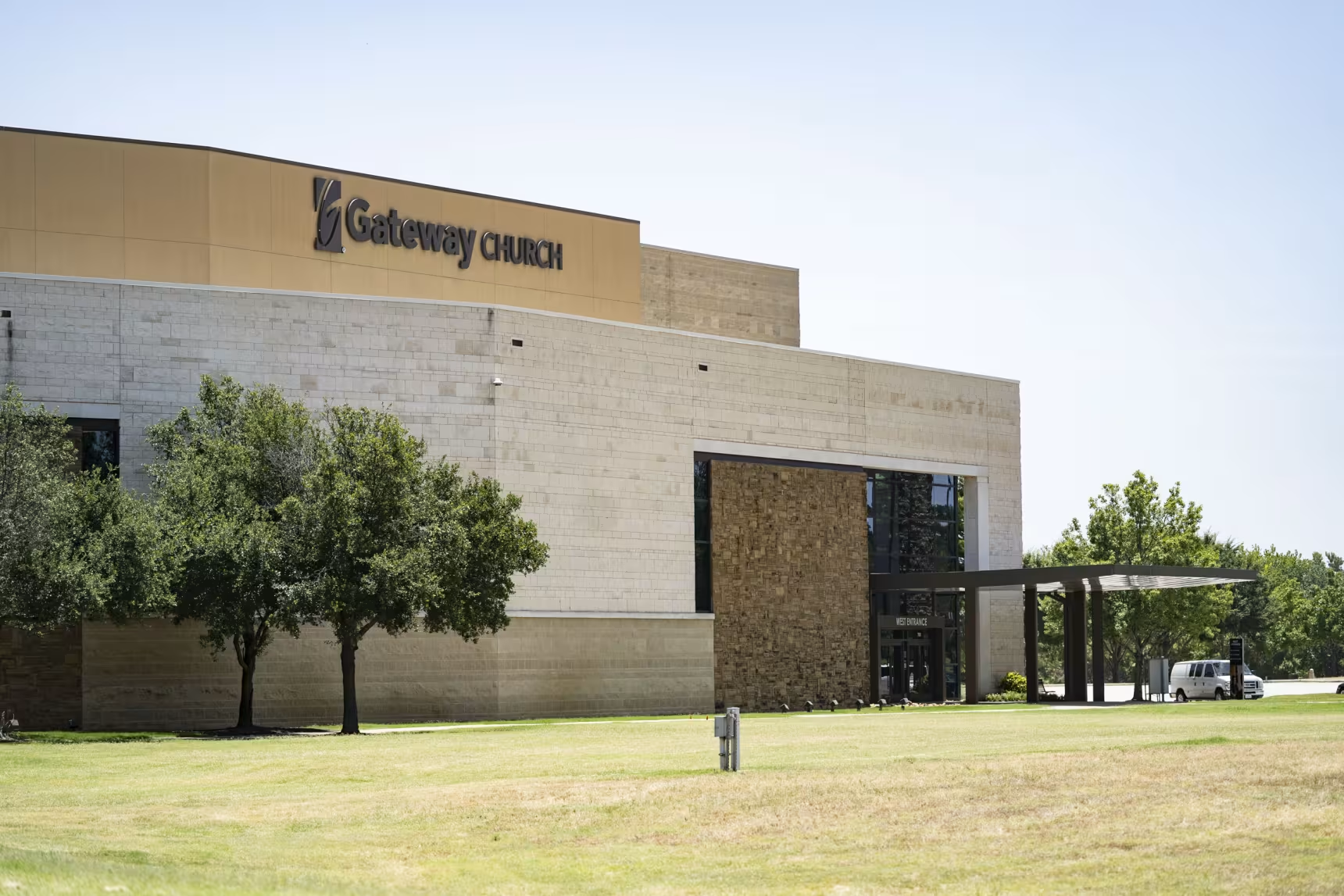The evangelical community has been shaken by the revelation of letters from 2007 detailing how lawyers representing megachurch pastor Robert Morris attempted to blame a 12-year-old girl for initiating “inappropriate sexual behavior” with the then 21-year-old Morris. This disturbing development adds another layer of complexity to the ongoing scandal surrounding the founder of Gateway Church in Southlake, Texas, one of America’s largest and most influential evangelical institutions.

The correspondence, obtained by NBC News, was exchanged between J. Shelby Sharpe, representing Morris, and Gentner Drummond, who was at the time representing Cindy Clemishire, the alleged victim. These documents provide a troubling insight into the approach taken by Morris and his legal team when confronted with accusations of child sexual abuse dating back to 1982.
In a particularly alarming passage, Sharpe’s letter stated, “It was your client who initiated inappropriate behavior by coming into my client’s bedroom and getting in bed with him, which my client should not have allowed to happen.” This statement attempts to shift blame onto Clemishire, who was only 12 years old at the time of the alleged abuse, a tactic that has drawn widespread criticism and concern.

The letters also reveal that Clemishire was seeking $50,000 in restitution to cover counseling costs. Morris, through his lawyer, offered $25,000 but demanded a non-disclosure agreement, which Clemishire refused. This negotiation process sheds light on the complex and often contentious nature of addressing historical abuse cases within religious institutions.
Clemishire alleges that Morris molested her more than 100 times over 4½ years, including “kissing and touching and inserting fingers into my body.” Morris has acknowledged “kissing and petting” but disputes the frequency of incidents. The abuse allegedly began on Christmas in 1982 when Morris was staying at Clemishire’s family home in Oklahoma.
The case has broader implications for the evangelical community, raising questions about leadership accountability, institutional responses to abuse allegations, and the long-term impact on victims. Clemishire’s decades-long struggle with “profound confusion” and misplaced guilt underscores the lasting trauma of childhood sexual abuse.

Gateway Church’s handling of the situation has also come under scrutiny. Church leaders claim they were unaware of the full details until recently. In response, the church has hired an outside law firm to investigate, and four church officials, including Morris’ son, have taken leaves of absence from the board of elders.
The contrast between Morris’ public teachings on sexual purity and honesty and his hidden past reveals the complex and sometimes hypocritical nature of evangelical leadership. His sermons, which often touched on themes of confession and restoration without fully disclosing the nature of his past actions, now take on a troubling new context in light of these revelations.
As this story continues to unfold, it is likely to spark further discussions about power dynamics in religious institutions, the handling of abuse allegations, and the need for greater transparency and accountability in evangelical circles. The case of Robert Morris and Gateway Church may serve as a catalyst for reform in how megachurches and other religious organizations address and prevent sexual abuse within their ranks.
The evangelical community now faces the challenge of reconciling the influential legacy of Robert Morris with these serious allegations. As more details emerge, the response from both the church and its congregation will be closely watched, potentially setting precedents for how similar cases are handled in the future within the broader context of American evangelicalism.
nbcnews.com



